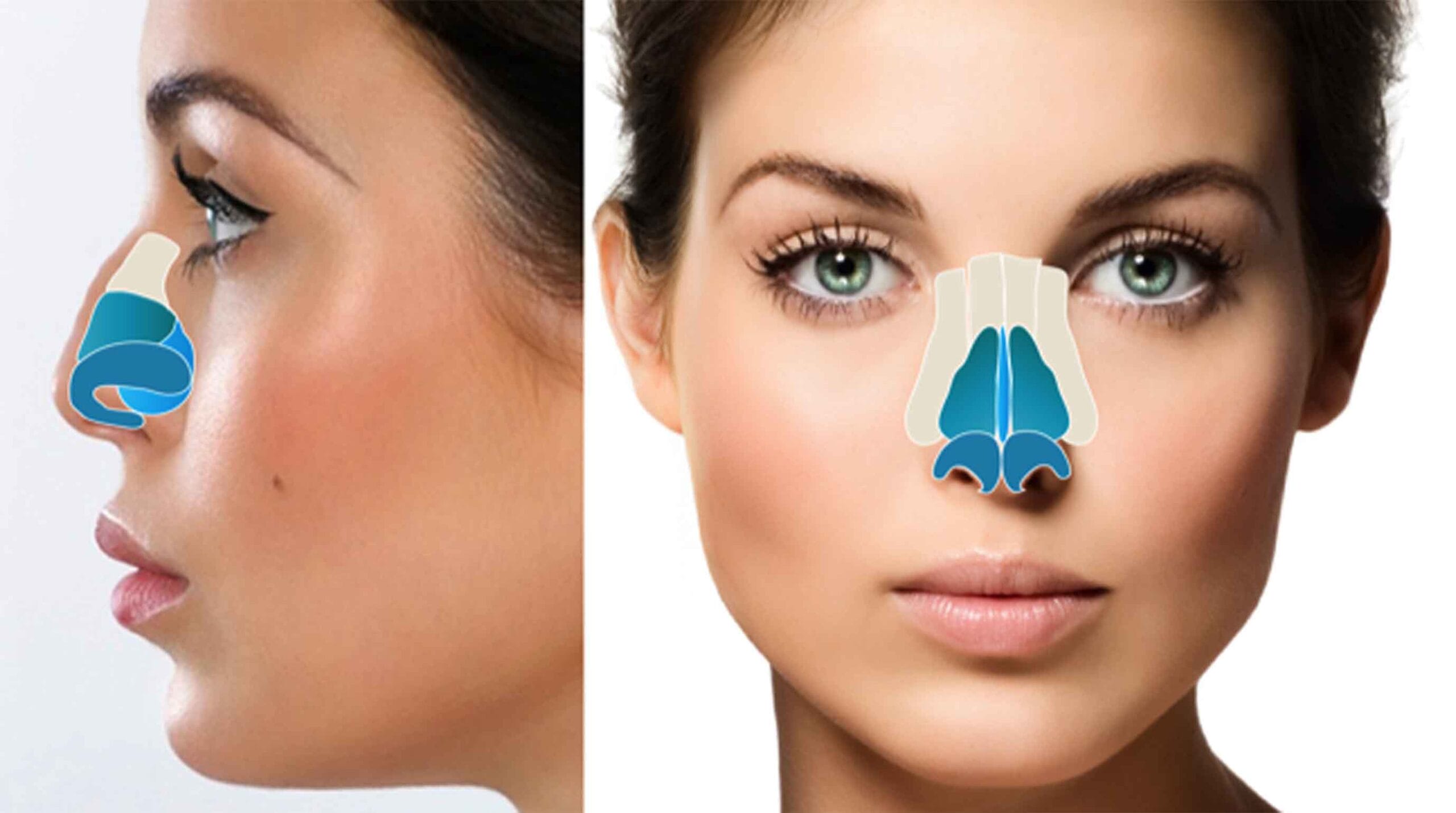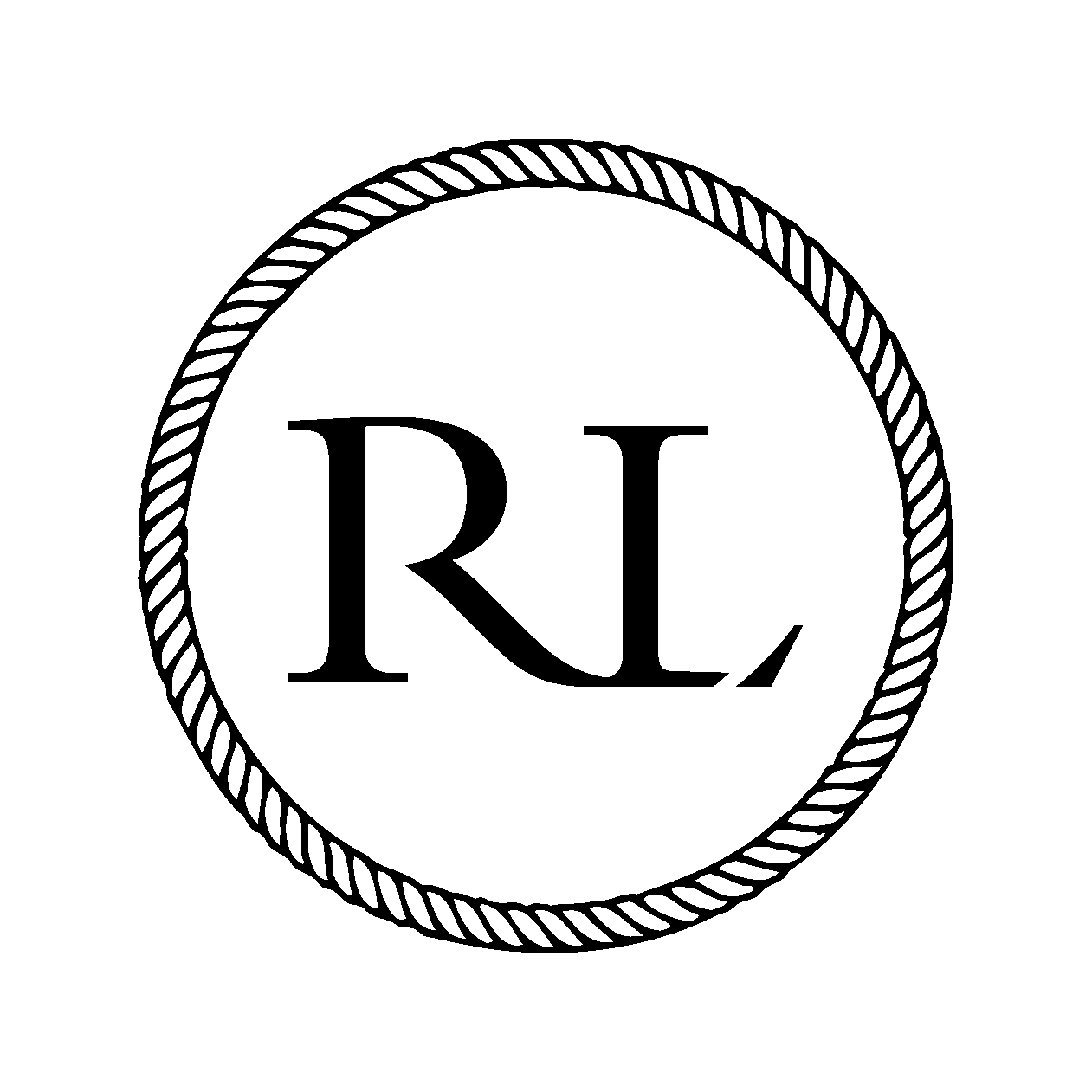Does Your Nose Continue to Grow After a Nose Job?

Rhinoplasty, or a nose job, is a transformative procedure that can enhance the appearance and function of the nose. However, many people wonder about the long-term effects of rhinoplasty, particularly whether the nose grows after the surgery. It’s a common question among those considering or having undergone the procedure. Understanding the anatomy and growth patterns of the nose can help clarify what changes, if any, to expect after surgery. This guide will demystify the growth process of the nose and address common myths about nasal changes post-rhinoplasty.
Structure of the Nose
The nose is a complex structure of bone, cartilage, skin, and soft tissue. The upper part consists of bone, while the lower part is primarily cartilage. This combination allows for flexibility and durability. The nose’s shape and size are influenced by genetics, environmental factors, and age. The nose structure is designed to support breathing, smell, and aesthetic balance.
Bone Structure
The bony part of the nose provides support and structure. It includes the nasal bones and the upper part of the nasal septum. These bones stop growing after adolescence, typically around 18-21.
Cartilage
The cartilage, particularly in the lower part of the nose, provides shape and flexibility. Unlike bone, cartilage continues to remodel throughout life, although significant growth decreases after puberty.
How and When the Nose Grows
The nose experiences most of its growth during childhood and adolescence. When a person reaches their late teens, the nose usually reaches its adult size. However, the nose can change subtly over time due to cartilage remodelling, gravity, and changes in skin elasticity.
Childhood and Adolescence
During these years, the nose grows rapidly. This period is crucial for the development of nasal structure and function.
Adulthood
The nose’s growth rate significantly decreases once full maturity is reached, typically in the late teens to early twenties. Most changes in adulthood are due to ageing rather than growth. These changes might include a drooping nasal tip or changes in the skin and soft tissues.
3 Factors Influencing Nasal Growth
Several factors can influence the growth and changes in the nose throughout life:
1. Genetics
Genetic factors play a significant role in determining the shape and size of the nose. You will likely inherit similar traits if your family has a history of certain nasal characteristics.
2. Ageing
As we age, the skin loses elasticity, and cartilage can weaken, potentially causing the nose to appear larger or more droopy. These changes are part of the natural ageing process and can affect the nose’s appearance.
3. Environmental Factors
Sun exposure, injuries, and other environmental factors can impact the skin and structure of the nose. Protecting your nose from excessive sun and avoiding trauma can help maintain its shape and health.
Common Myths After Rhinoplasty
There are several myths about what happens to the nose after rhinoplasty. Let’s debunk some of the most common ones.
Myth 1: The Nose Keeps Growing Indefinitely
It’s a common misconception that the nose continues to grow throughout a person’s life. While it’s true that the nose can change due to ageing and other factors, it does not continue to grow indefinitely. Most significant growth ceases by the late teens.
Myth 2: Rhinoplasty Completely Halts Any Nasal Changes
Another myth is that rhinoplasty halts all future changes to the nose. While rhinoplasty can permanently alter the structure of the nose, natural ageing processes will still occur. The nose can still undergo subtle changes over time, but these are typically minimal.
Myth 3: Only Older Adults Should Get Rhinoplasty
Some believe rhinoplasty should only be performed on older adults with fully grown noses. However, as long as a patient has reached nasal maturity, usually by the late teens, they can be good candidates for rhinoplasty. Early intervention can effectively address both aesthetic and functional concerns.
To Know More – 10 Myths About Rhinoplasty Nose Job Surgery
Long-term Care and Follow-up
Following your surgeon’s care instructions after rhinoplasty is essential to ensuring the best long-term results. This includes regular follow-up visits to monitor healing and address any concerns. Protecting your nose from injury and sun exposure is crucial for maintaining its shape and health.
Regular Check-ups
Regular follow-up appointments with your surgeon will help ensure that your nose heals correctly and that any issues are addressed promptly. These visits are typically scheduled at intervals determined by your surgeon.
Sun Protection
Protecting your nose from sun exposure can prevent skin damage and maintain the integrity of the surgical results. Use sunscreen and wear hats to shield your nose from the sun.
Healthy Lifestyle
Maintaining a healthy lifestyle, including a balanced diet and avoiding smoking, can support overall skin health and the long-term appearance of your nose.
Contact Rhinoplasty LDN for Further Inquiries
If you have more questions about rhinoplasty and what to expect post-surgery, the experts at Rhinoplasty LDN are here to help. We offer comprehensive consultations and follow-up care to ensure the best possible outcomes for our patients. Visit Rhinoplasty LDN to schedule a consultation and learn more about how we can help you achieve your desired results.
Frequently Asked Questions
No, the nose does not keep growing indefinitely after rhinoplasty. Most significant growth ceases by the late teens. While natural ageing processes can cause subtle changes, these are typically minimal.
